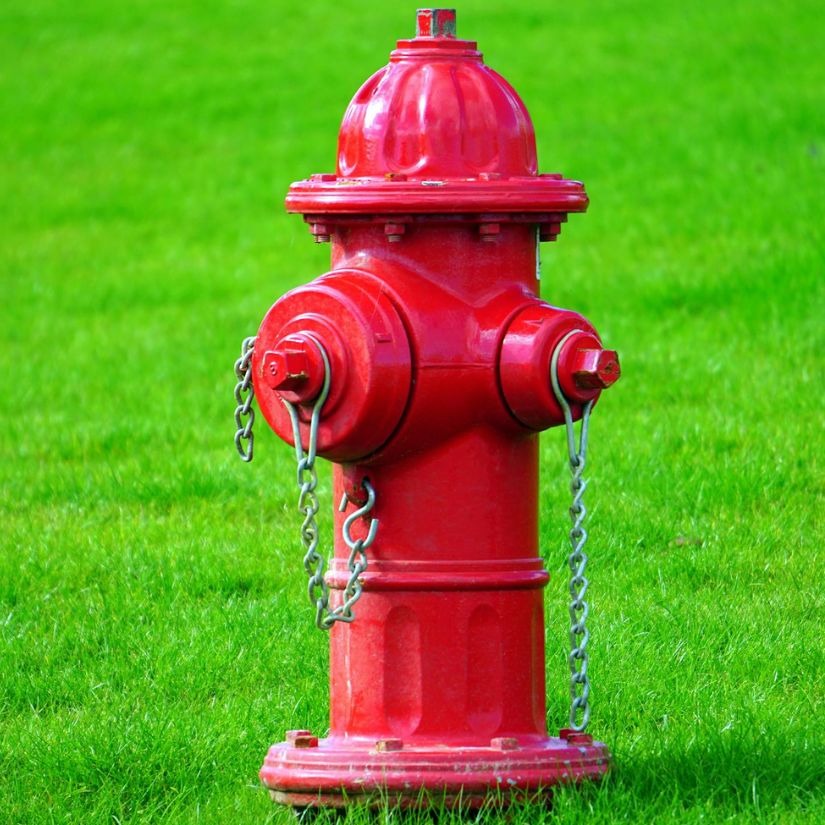Fire Hydrant System
A fire hydrant system is a critical component of fire protection infrastructure, ensuring that firefighters have immediate access to a water supply during emergencies. These systems are designed to provide a consistent and high-pressure water flow to suppress fires quickly, minimizing damage to property and reducing risks to human life. In this guide, we will explore the different types of fire hydrant systems, their importance, components, installation, and maintenance.

What Is a Fire Hydrant System and How Does It Work?
A fire hydrant system is an active fire protection measure that consists of a network of pipes, valves, and hydrants strategically installed throughout a building or area. It is directly connected to a reliable water source, such as a municipal water supply or dedicated water storage tanks, ensuring immediate access to water when needed.
Water Supply Activation
When a fire is detected, the fire hydrant system is activated either manually by firefighters or automatically in some cases.
High-Pressure Water Flow
Water is delivered through a network of underground or overhead pipes to the hydrant outlets.
Fire Suppression
Firefighters connect hoses to the hydrant, enabling them to spray a strong jet of water onto the fire, controlling and extinguishing it effectively.
Types of Fire Hydrant Systems
Different buildings and environments require specific fire hydrant systems to ensure effective fire suppression. Here are the main types:
Wet Barrel System
Commonly used in areas with warm climates. The hydrant contains pressurized water at all times, ensuring immediate discharge when the valve is opened. Typically found in urban and industrial settings where quick fire response is needed.
Dry Barrel System
Designed for cold climates where water inside the hydrant could freeze. Water only enters the hydrant when the valve is opened. Suitable for areas that experience freezing temperatures.
Pillar System
Installed above ground and provides easy access for firefighters. Commonly found in commercial and industrial areas with large spaces requiring rapid fire suppression.
Underground System
Installed below ground level with a cover, protecting it from damage or tampering. Often used in high-traffic areas such as city streets and airports.
What Are the Main Components of a Fire Hydrant System?
A fire hydrant system comprises several essential components that work together to ensure efficient fire suppression.
1. Fire Hydrants
The visible and accessible part of the system where firefighters connect hoses to access water.
2. Pipes and Valves
A network of underground or overhead pipes transports water to hydrants. Valves help control and regulate water flow.
3. Water Supply Source
This can be a municipal water supply, underground storage tank, or dedicated reservoir.
4. Fire Pumps
Boosts water pressure to ensure effective fire suppression, especially in high-rise buildings.
5. Hose Reels and Nozzles
Used by firefighters to direct water onto the fire with precision.
How to Maintain a Fire Hydrant System?
Regular maintenance is essential to ensure that a fire hydrant system is always operational during emergencies. Here are some key maintenance steps:
Monthly Inspections
Check hydrants for leaks, rust, or damage.
Pressure Testing
Ensure water pressure is adequate for effective firefighting.
Flushing and Cleaning
Remove any debris or sediment buildup inside pipes.
Valve and Pump Maintenance
Lubricate valves and test pumps to prevent failures.
Annual Professional Inspection
Certified fire safety professionals should conduct a full system check and provide maintenance reports.
The Role of Fire Safety Experts Like Expert Fire
To navigate the complexities of fire safety compliance, building owners should consult fire safety experts like Expert Fire, who specialize in Fire Certificate application and renewal processes. Our team provides expert guidance on the necessary requirements and ensures that all fire safety equipment, including hose reels, meets local regulations.
By adhering to hose reel requirements and investing in reliable fire safety solutions, property owners can safeguard their premises and occupants, taking a proactive approach to fire management. At Expert Fire, we prioritize safety and compliance, offering both manual and automatic hose reel systems tailored to Malaysian safety standards. With our fire safety expertise, you can be confident that your fire protection needs are met efficiently and effectively.
